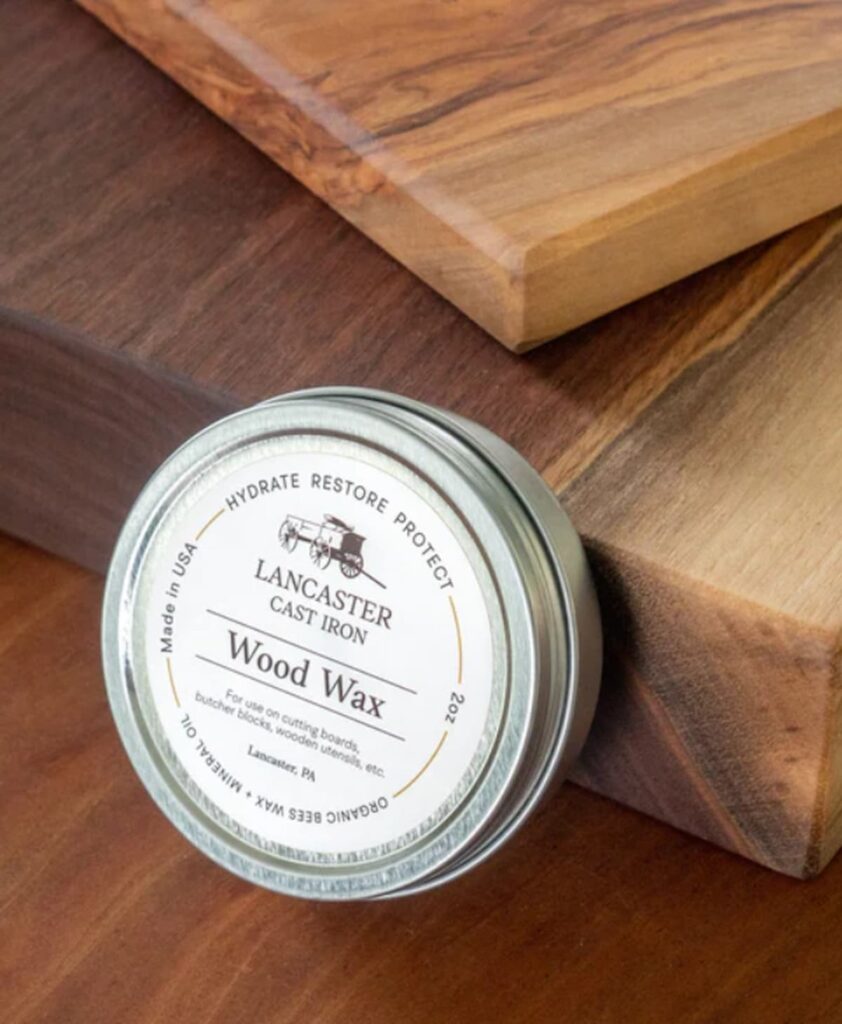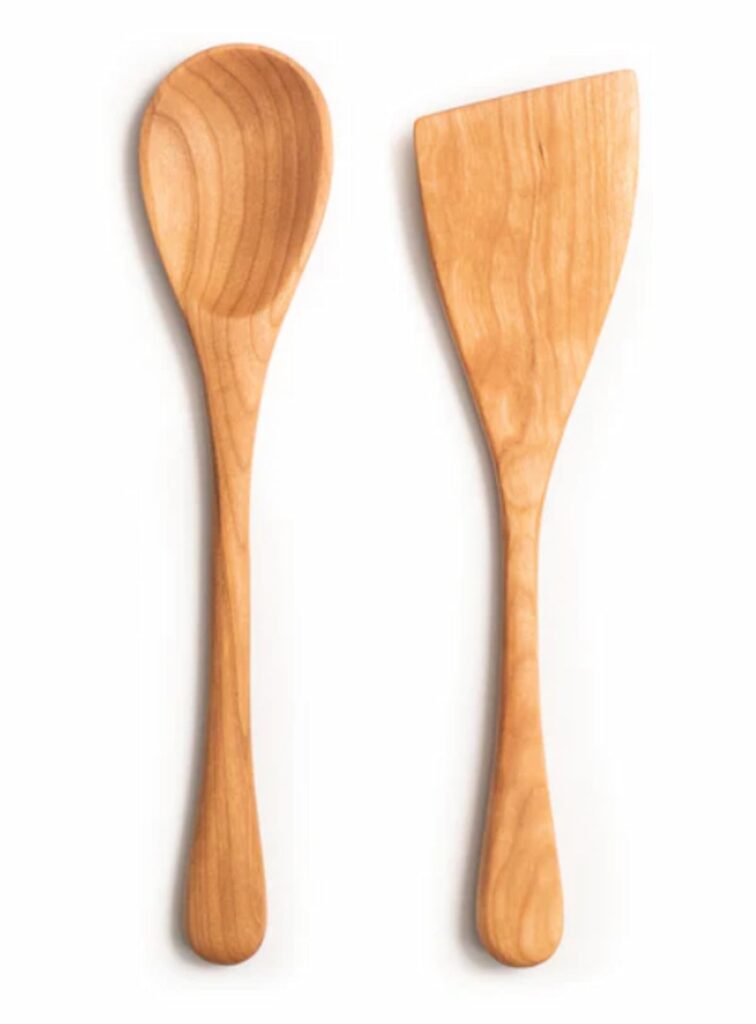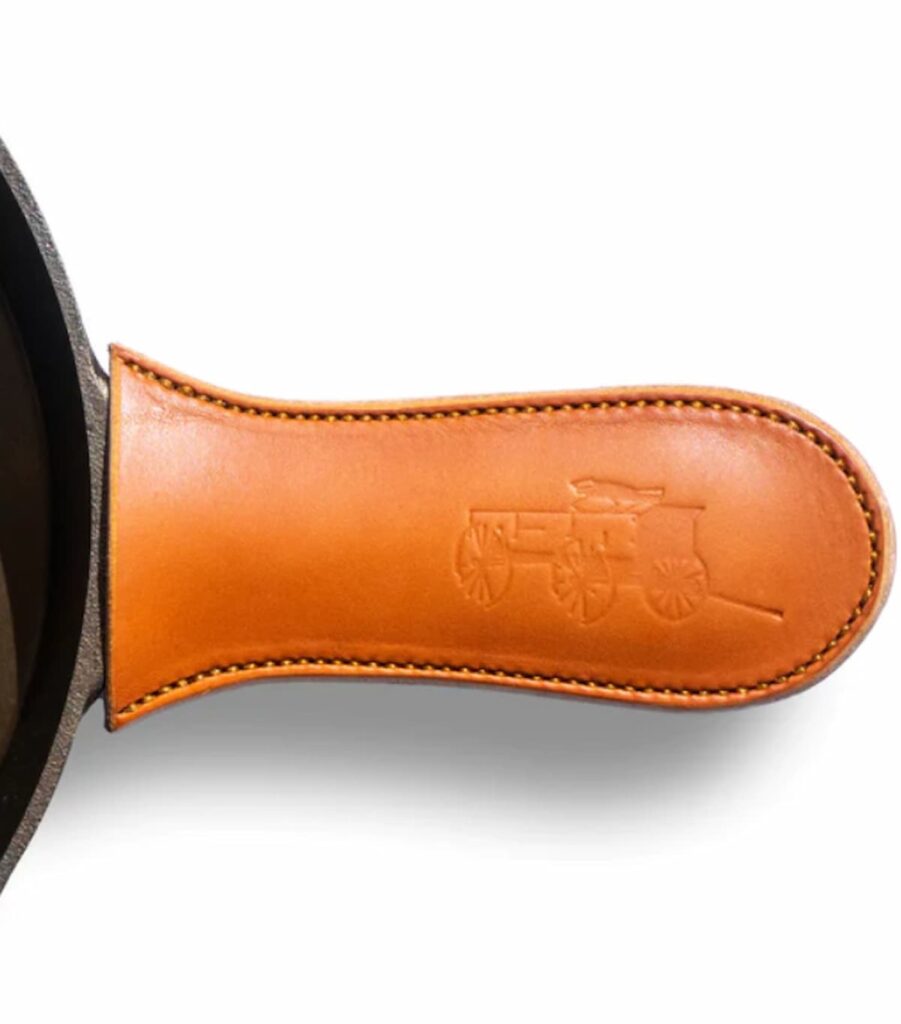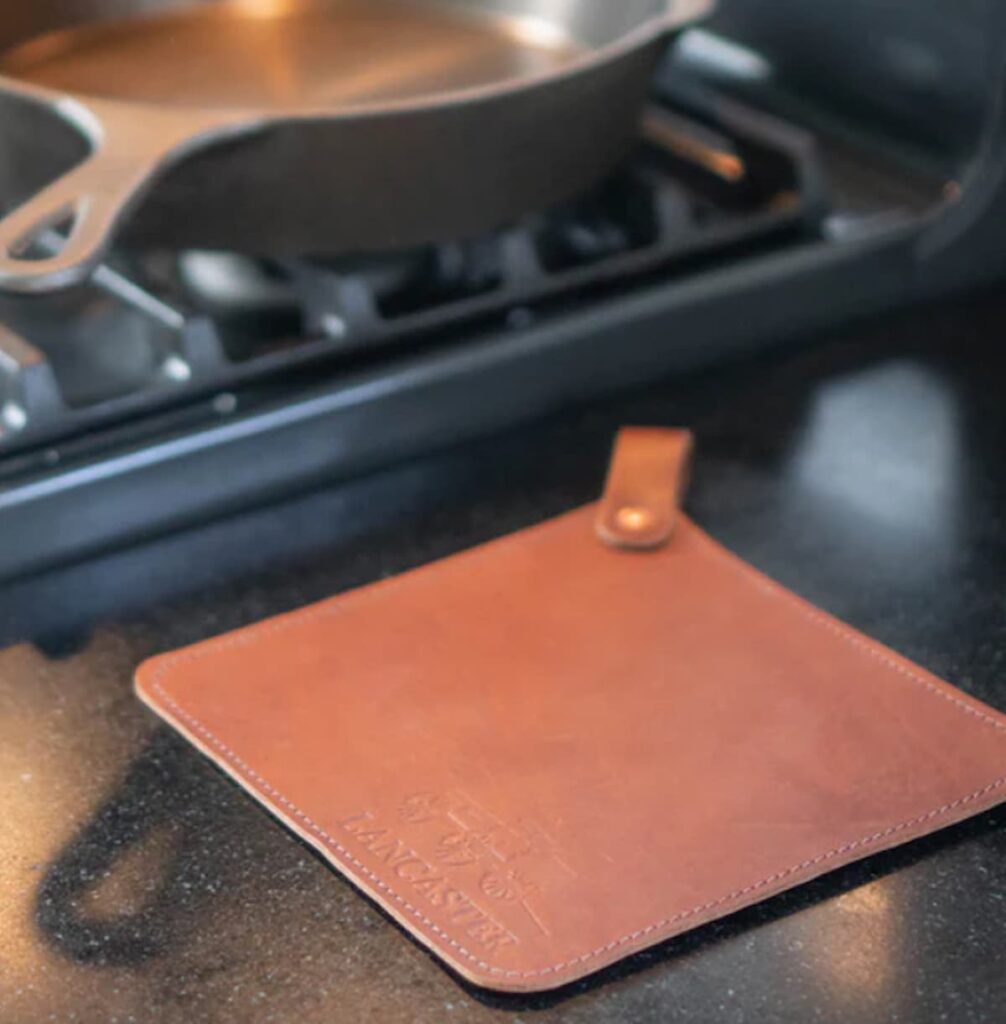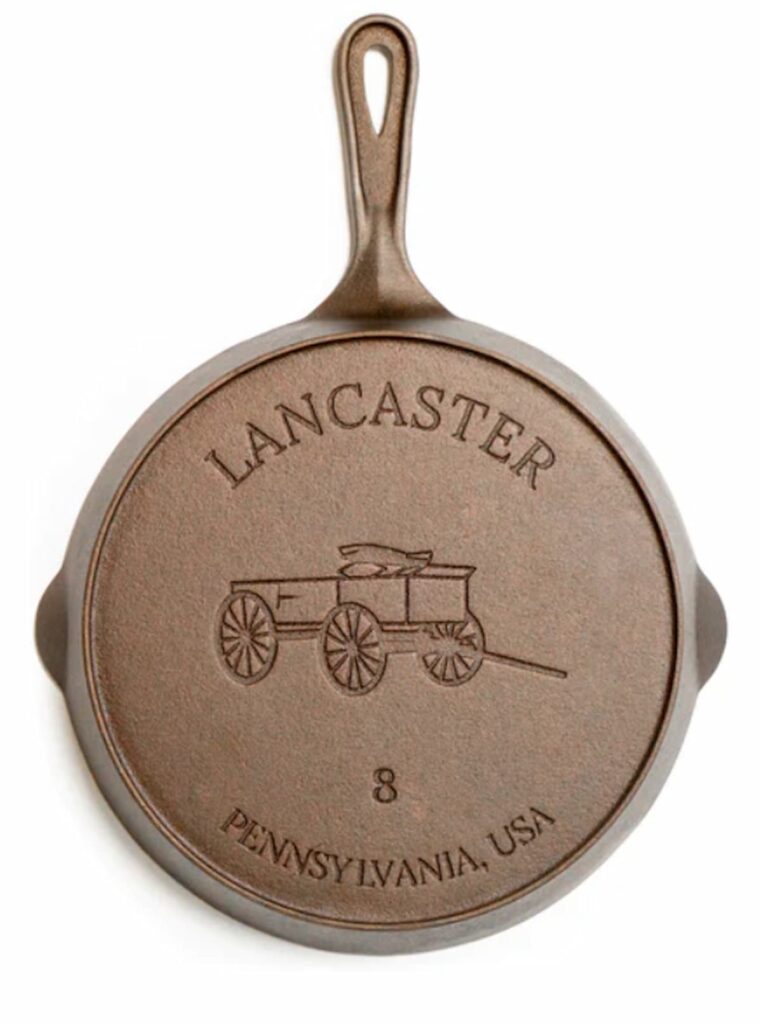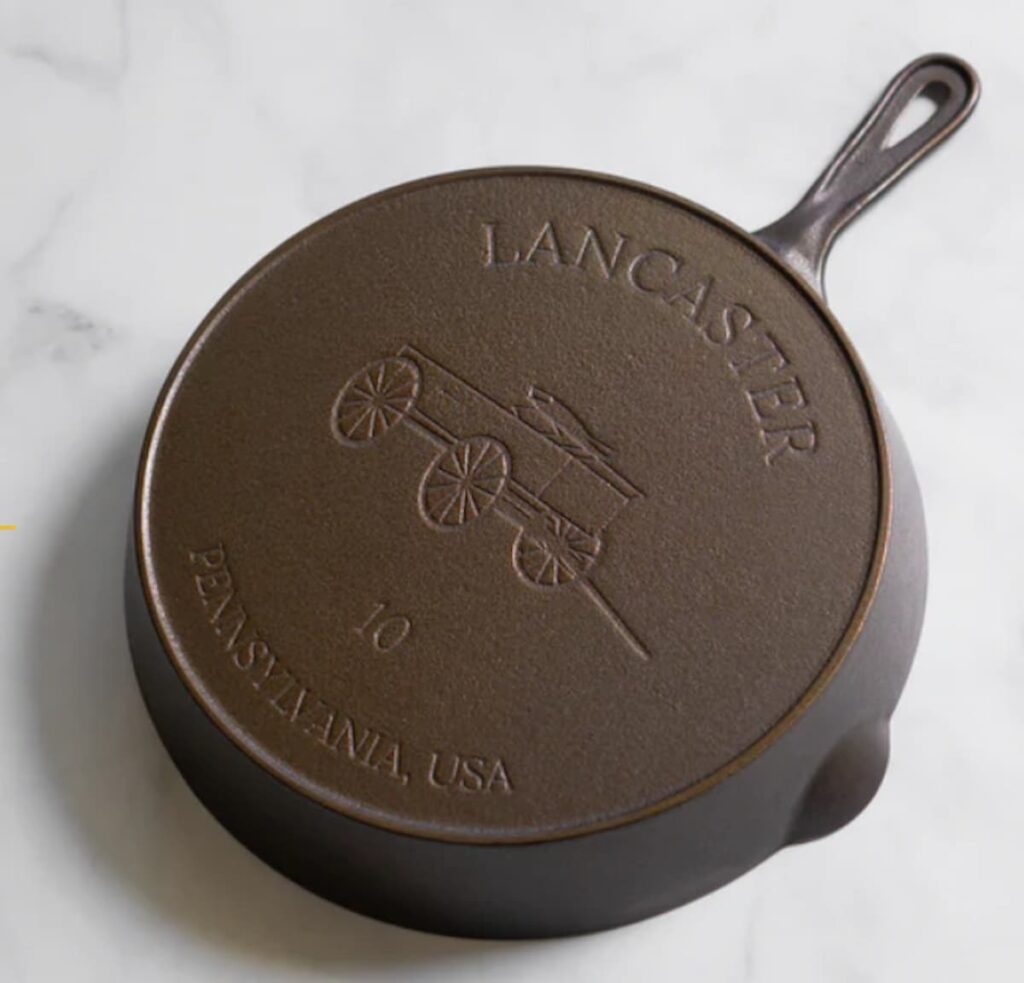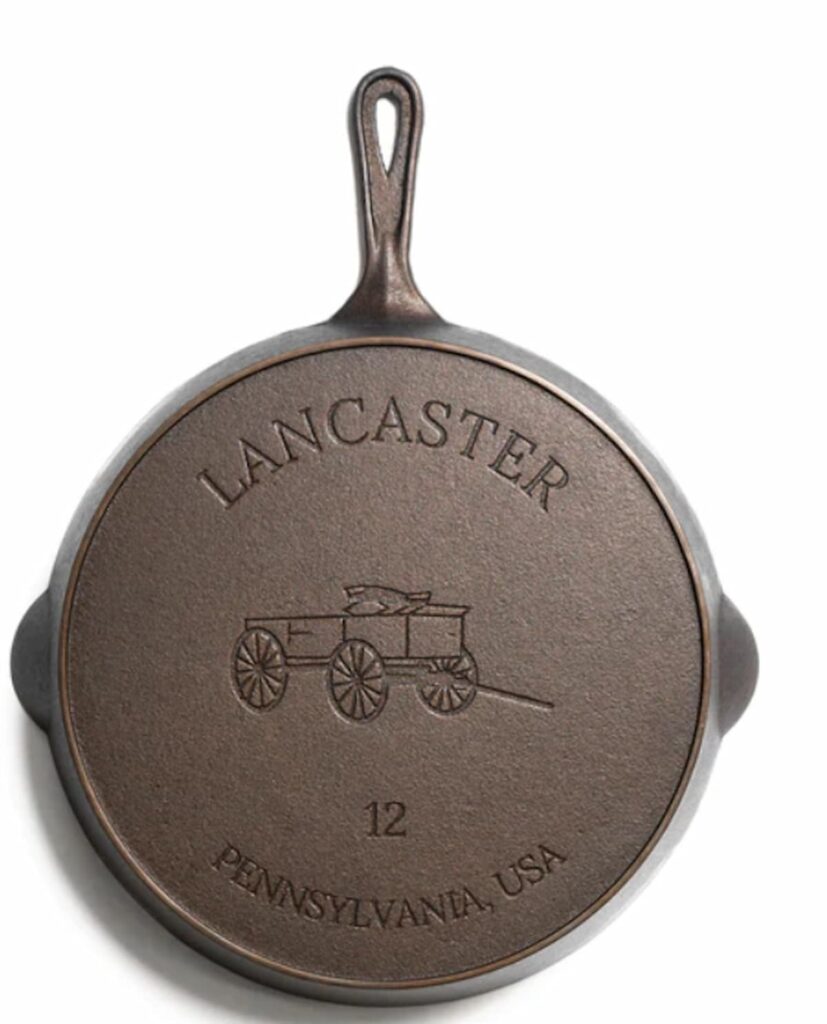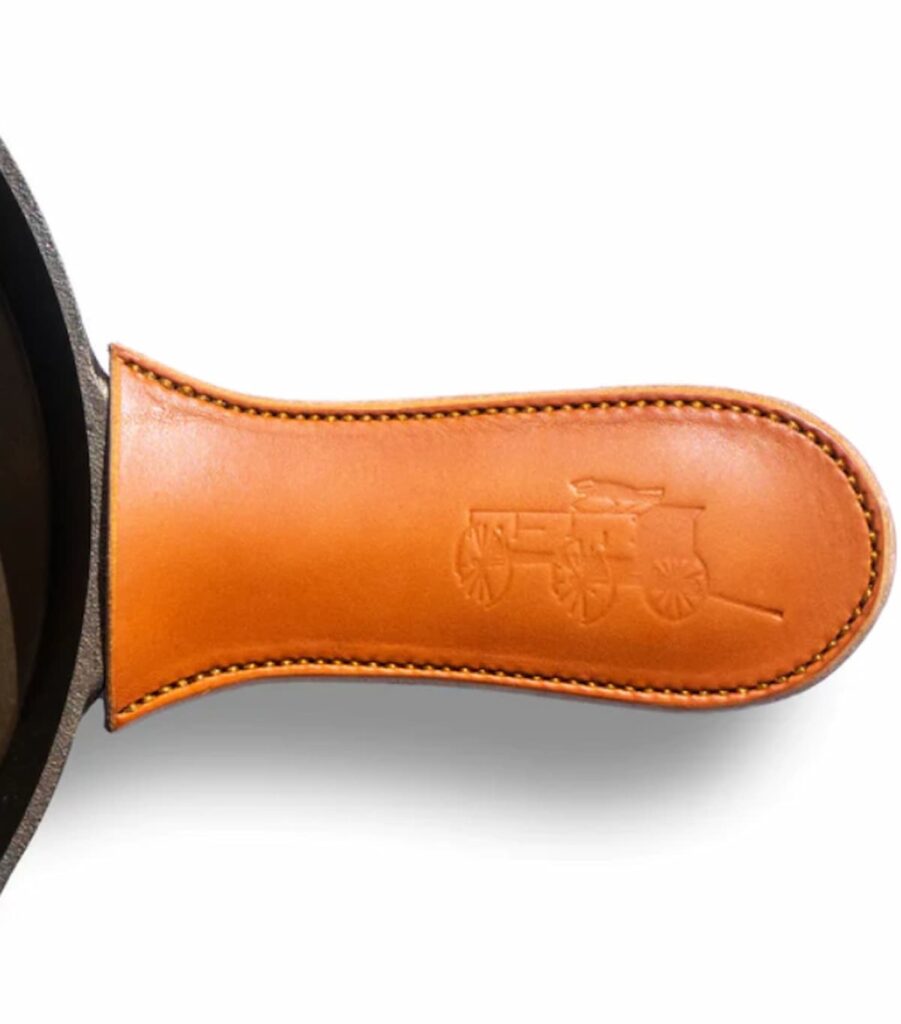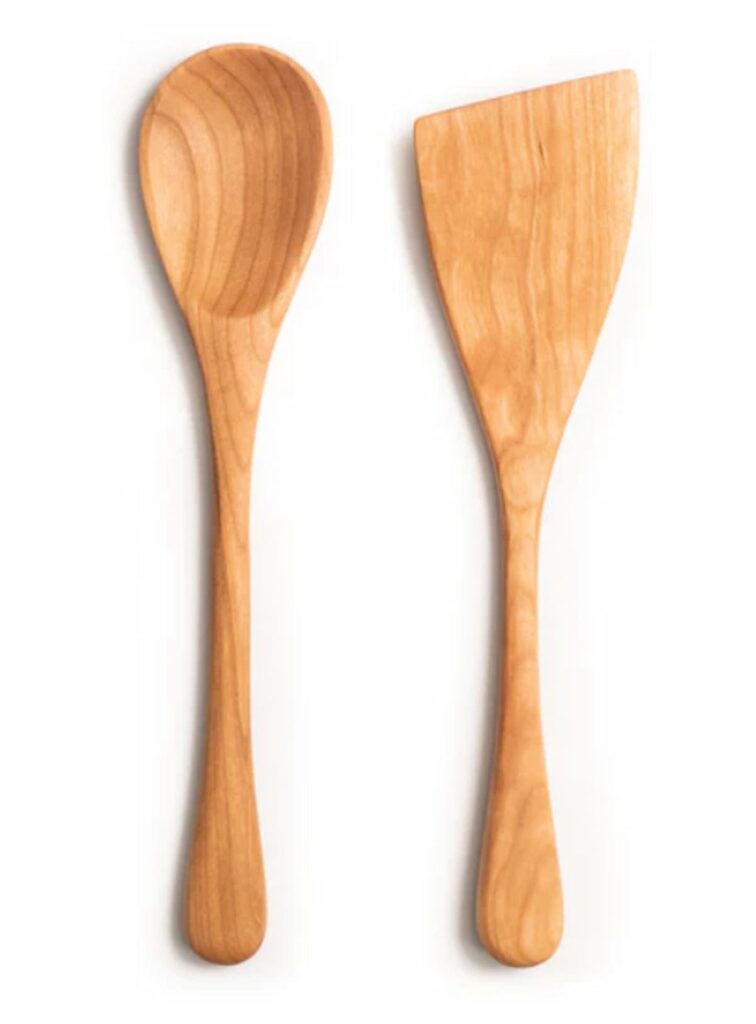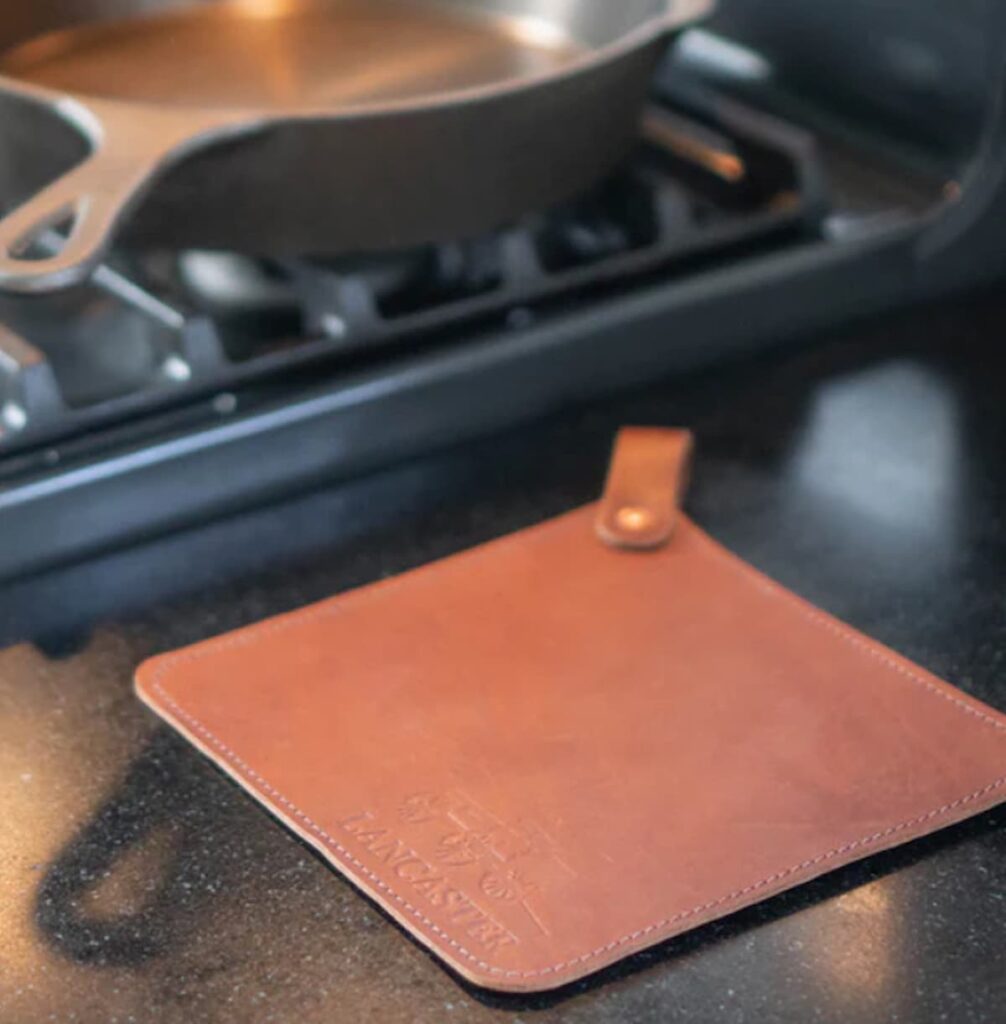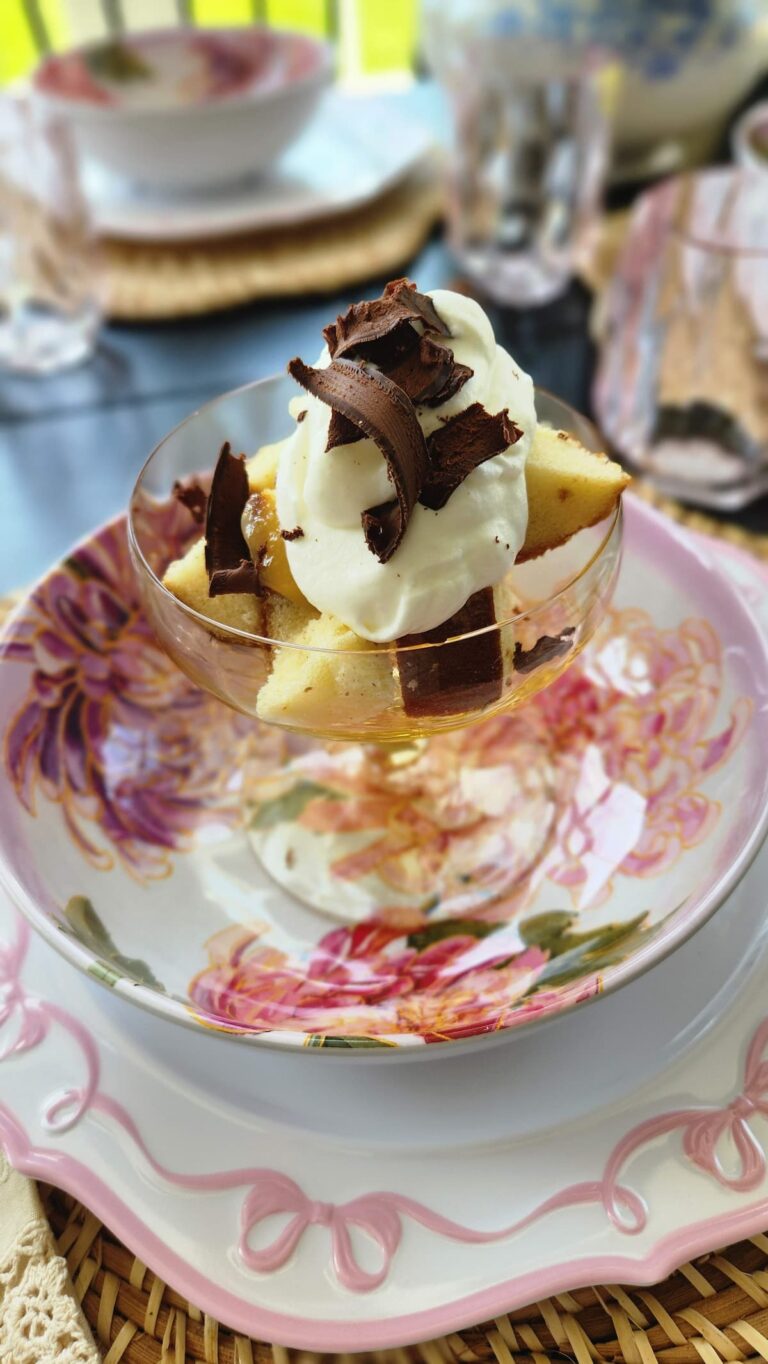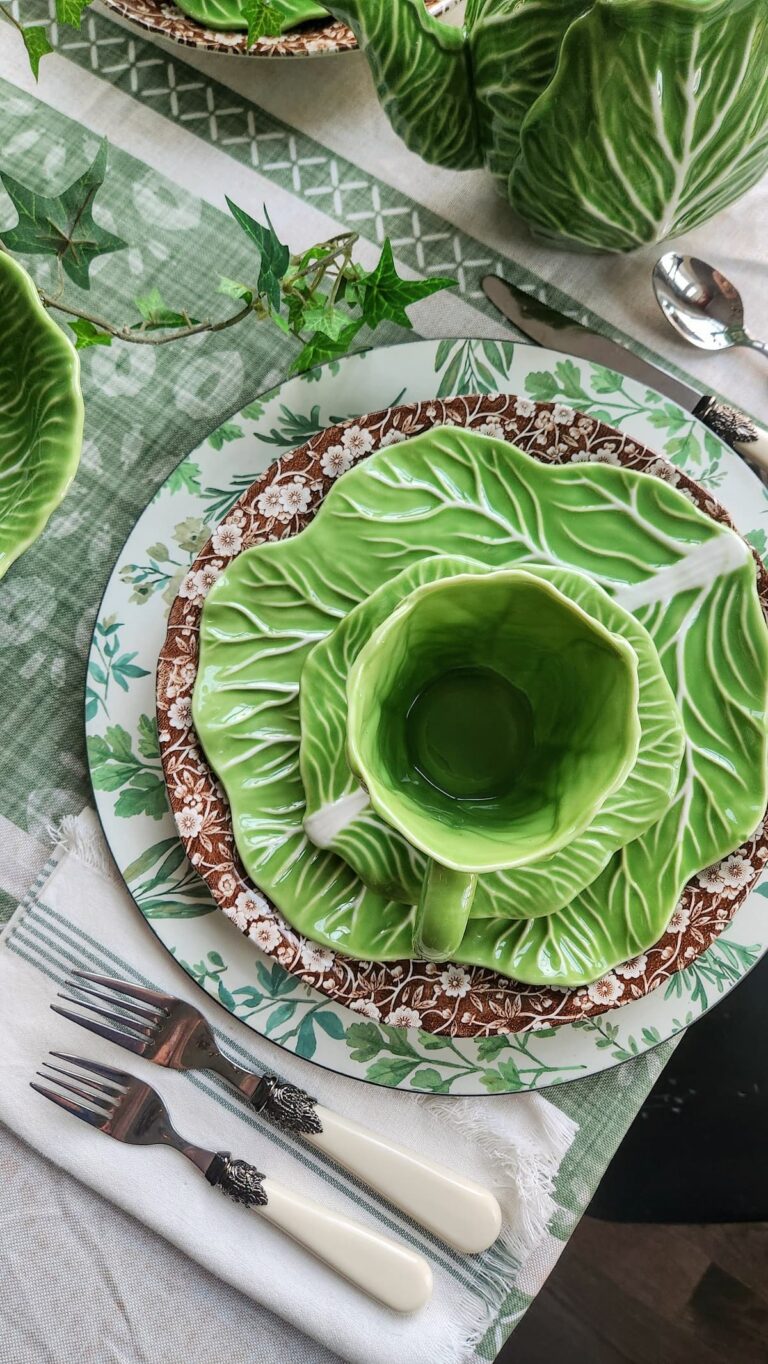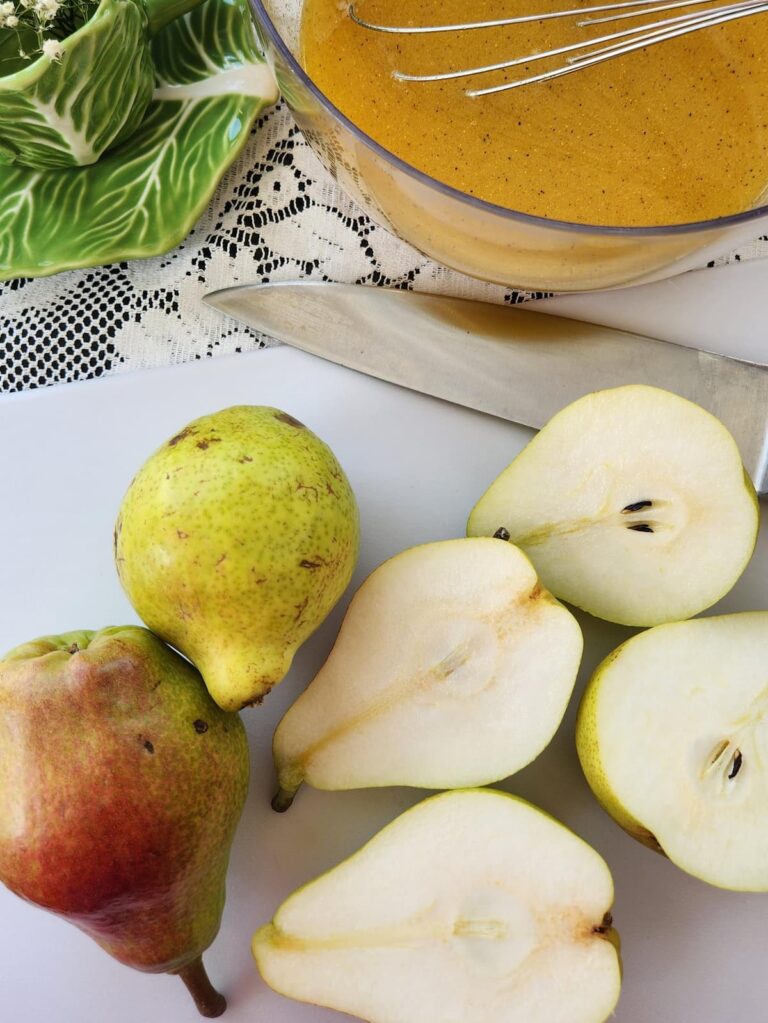How Often Do You Season a Cast Iron Skillet
Hey there, fellow cast iron enthusiasts! If you’re anything like me, you know that a trusty cast iron skillet isn’t just a cooking utensil; it’s a beloved companion in the kitchen. I’ve been on a quest to perfect my cast iron cooking game, and in the process, I’ve discovered something pretty fantastic—a lightweight cast-iron pan that has completely changed the game for me. It’s become my go-to for everything from crispy bacon in the morning to that perfectly seared steak at night. But here’s the million-dollar question that often stumps both newbies and seasoned pros alike: How often do you season a cast iron skillet?
Whether you’ve just found your first skillet or you’re looking to perfect the care of your seasoned companion, I’m here to share all the juicy details on keeping your cast iron in tip-top shape. So, let’s dive into the world of cast iron care together and make our culinary adventures even more delicious!
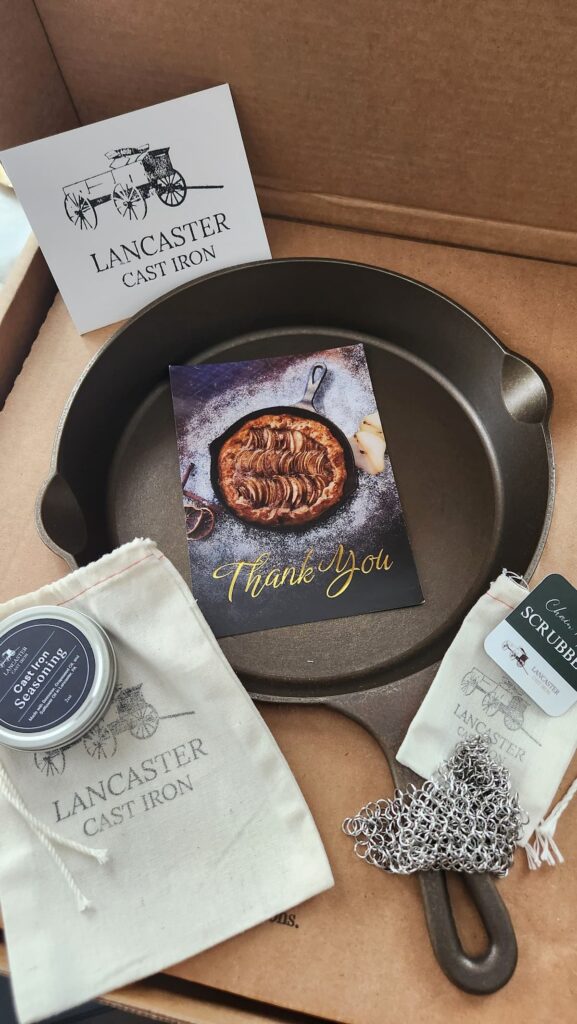
The Art of Cast Iron Cooking
One reason I love cooking with a cast iron skillet is it’s like tapping into a timeless tradition that not only elevates your cooking game but also sneaks in some health perks, like boosting your food with a bit of iron—essential for keeping energy levels up. Plus, mastering the art of cast iron means you can ditch those non-stick pans and their sketchy chemicals, making every meal a step towards a healthier you.
The second reason why I love cast iron cookware is that you can use high heat with a thin layer of oil and get great cooking results with iron pans.
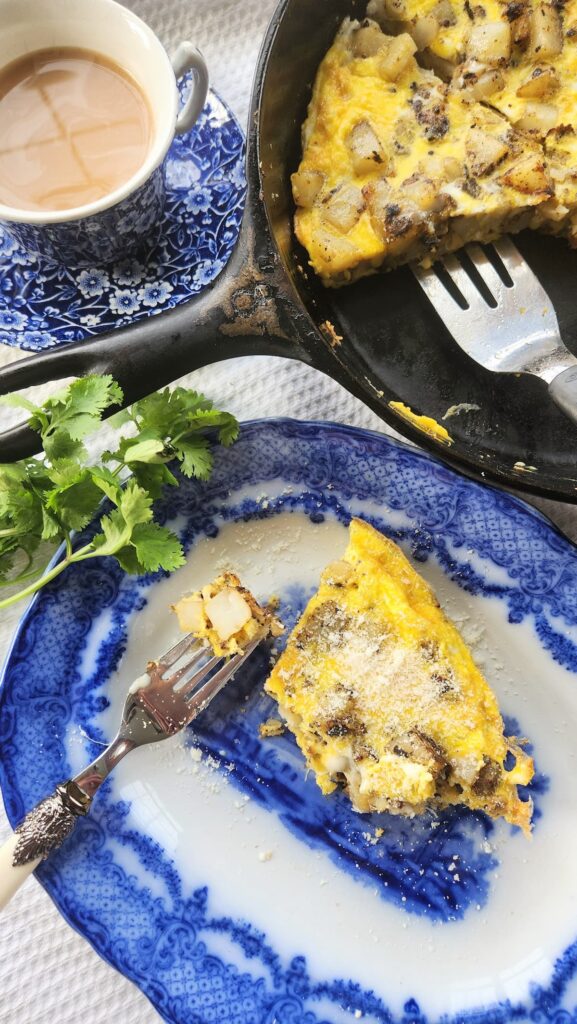
Lastly, I’ve discovered the best skillet in cast iron cooking. Handmade in the USA Lancaster Cast Iron has created the ultimate cast iron that is smooth, durable, and light as well as timeless which will be utilized and enjoyed for generations to come. No more struggling to take on and off the stovetop.
Along with their cast iron skillets, Lancaster Cast Iron features wooden spoons and utensils that are hand-carved by local Amish craftsmen and artisans, wooden charcuterie boards, and leather potholders that will leave you wondering why you haven’t used these before. It doesn’t get any better than this.
How often do you season a cast iron skillet?
Understanding Seasoning: Should you season cast iron after every use?
A well-seasoned skillet from the start is key to long-term maintenance. Following the directions is a good idea when you first receive your pan. The good news is, it’s really easy to do. When Lancaster Cast Iron reached out for me to try their cooking pan I was so excited. I had been looking for a lightweight skillet. Heavy cast iron is a thing of the past. My new skillet came with an easy guide to season my skillet.
What is Seasoning?
Seasoning a cast iron skillet is like giving it a superpower coating, making it non-stick and rust-resistant so your cooking game can level up. It’s all about baking on a layer of oil to protect the pan and make your food even tastier.
Why Seasoning is Crucial
Top five reasons and benefits of seasoning your skillet:
- Non-Stick Surface: Seasoning creates a natural, non-stick coating that makes cooking and clean-up a breeze, allowing you to effortlessly flip pancakes or sear a steak without it sticking to the pan.
- Rust Prevention: A well-seasoned skillet is protected against rust, ensuring your cast iron remains in top condition and extends its lifespan, so you can pass it down through generations.
- Enhanced Flavor: Seasoning builds up over time, layer by layer, infusing your dishes with rich, complex flavors that you just can’t get from any nonstick surface and other types of cookware.
- Healthier Cooking: By using a seasoned cast iron skillet, you can reduce the amount of oil needed for cooking, contributing to lower-fat meals and benefiting your overall health.
- Chemical-Free: Unlike many non-stick pans that contain harmful chemicals, a seasoned cast iron skillet provides a safe, chemical-free cooking surface, ensuring your food is as healthy as it is delicious.
How Do I Know If My Cast Iron Needs Seasoning?
Factors That Affect Seasoning
The journey to maintaining the perfect cast iron skillet involves understanding the seasoning frequency and mastering cast iron care. How you use your skillet, your cleaning habits, and how you store it significantly impact the need for re-seasoning. Regular use helps maintain the seasoning, but aggressive cleaning and poor storage can degrade the protective layer, necessitating more frequent care.
Signs Your Skillet Needs Re-seasoning
A well-seasoned pan should have a smooth, semi-glossy surface that prevents sticking and rust. However, if you start noticing food sticking to the surface or if the skillet looks dull or has developed rust, these are clear indicators that it’s time to re-season your cast iron. The best way to maintain a layer of seasoning is through regular care and proper usage.
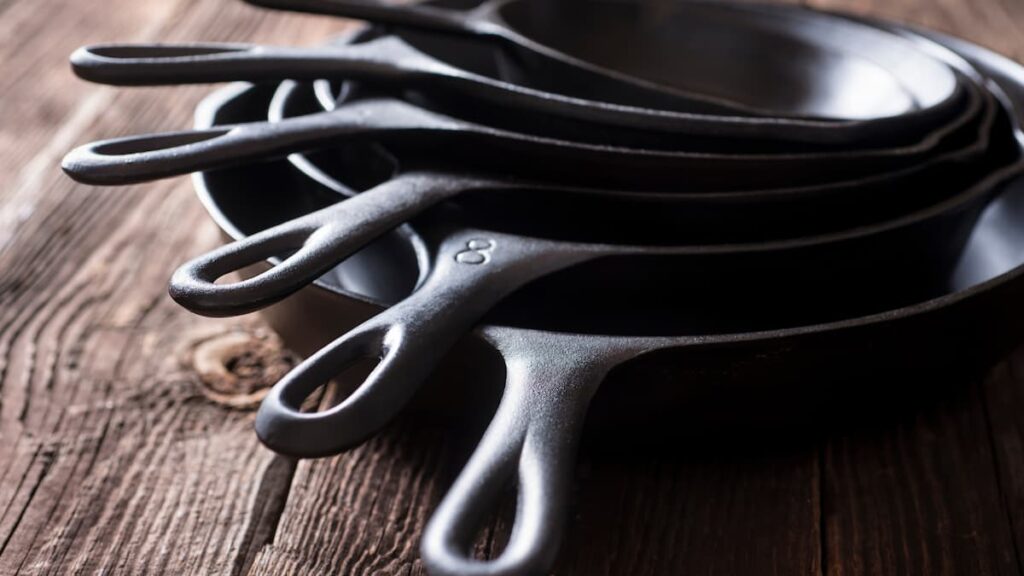
Step-by-Step Guide to Seasoning Your Skillet
Preparing Your Skillet
Before you start the seasoning process, it’s crucial to clean your skillet properly. If your skillet is new, apply a coat of seasoning all over the cookware. With a clean paper towel wipe dry until the iron looks and feels dry. \
If your skillet is older, use hot water and a stiff brush or metal mesh (without soap, if possible) to remove any rust or food residue first. Dry it thoroughly to prevent rust. Then continue with the directions below.
The Seasoning Process
- Preheat your oven to 350°F (180°C).
- Apply a very thin layer of canola oil, flaxseed oil, or beeswax to the surface of the pan. These oils are ideal for seasoning because they have a high smoke point and can polymerize into a hard, protective layer.
- Place the skillet upside down in the oven over a baking sheet to catch any drips. Bake for an hour, then let it cool in the oven. This process creates an initial seasoning layer that makes the skillet non-stick.
Tips for Maintaining Your Seasoning
Repeat these steps as needed, or when you notice the shine has become dull, apply a thin layer of vegetable oil to the skillet while it’s still warm. This helps maintain the protective layer. When storing, keep the upside down to prevent dust and debris from settling on the surface.
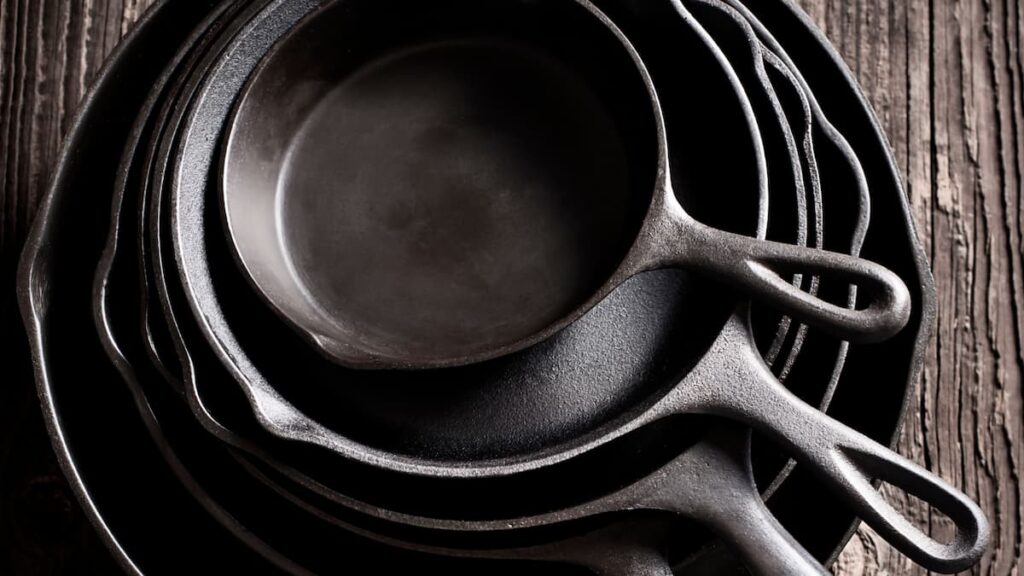
Cleaning Do’s and Don’ts
Even a new cast iron skillet benefits from gentle care. After cooking, use a clean paper towel and warm water for cleaning. If needed, a little soap and a Pood scrub with a brush can remove stuck-on food.
Avoid soaking your skillet, as this can strip the layers of seasoning. Dry the entire pan thoroughly and warm it over medium heat to evaporate any remaining moisture. Proper care helps maintain the seasoning for longer.
I love that my Lancaster cast iron skillet came with a metal scrubber that is perfect for cleaning.

Shop & Source
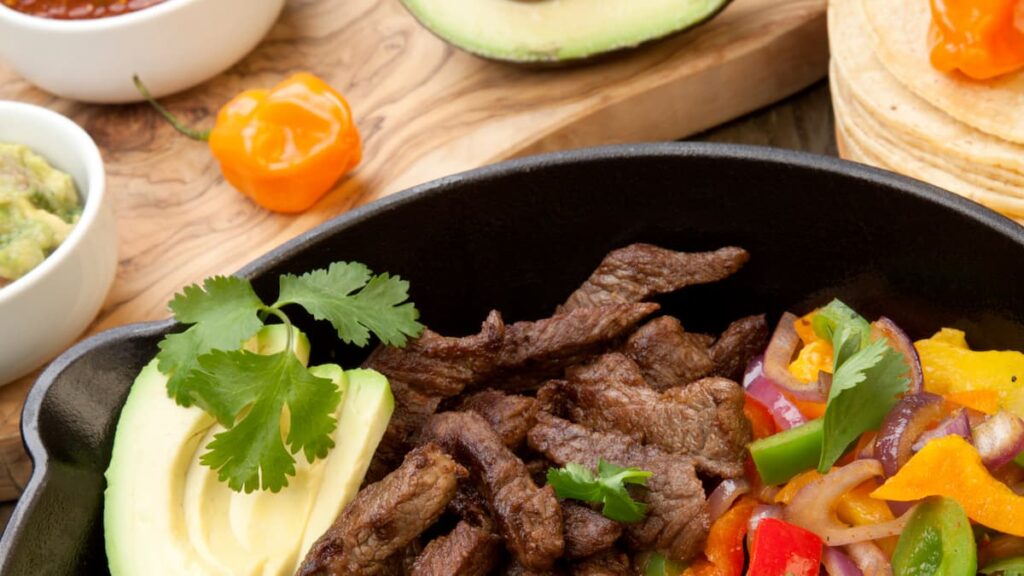

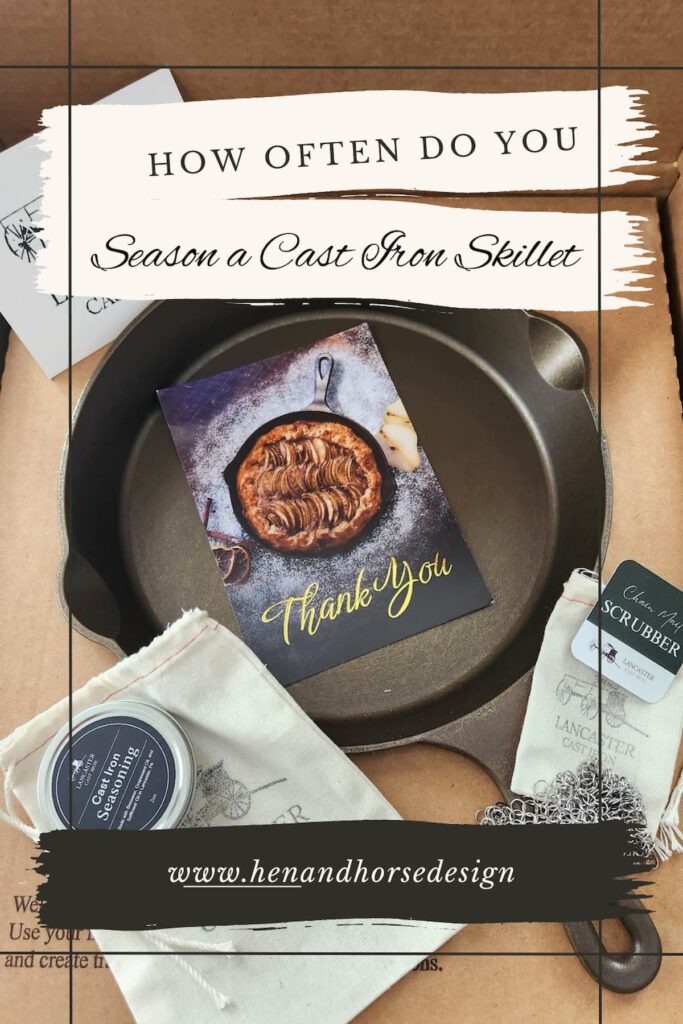
Rust Formation
Should you find rust, don’t panic. Rust on cast iron is common and fixable. Scrub the rust off with a stiff brush and soapy water, then dry and re-season as described. Regular maintenance will prevent rust from returning.
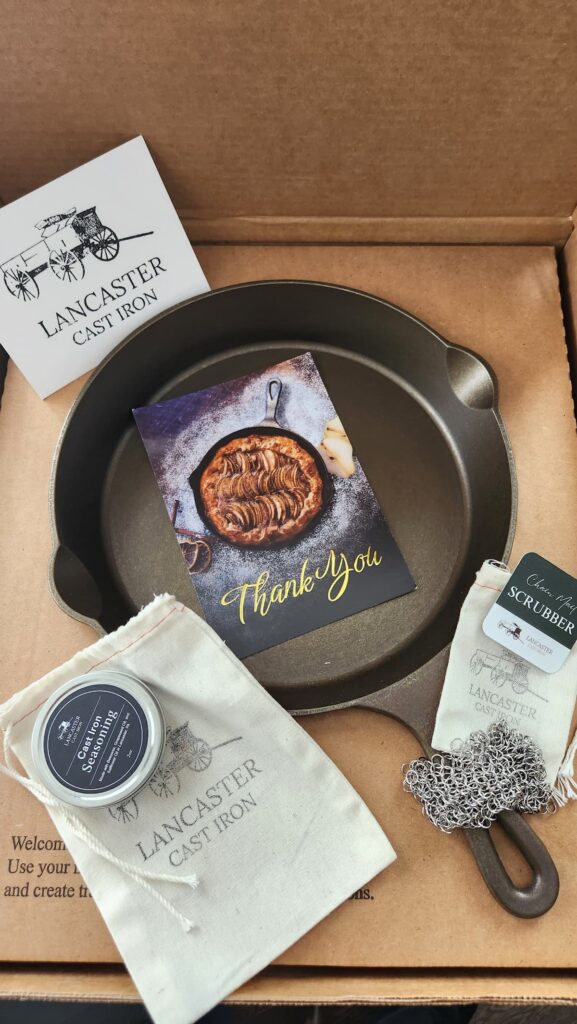
Embracing the Cast Iron Lifestyle
Seasoning your cast iron skillet isn’t just about maintenance; it’s about embracing a lifestyle. The first time you season your skillet is just the beginning of a journey. With good care and proper maintenance, your cast iron can become a cherished tool in your culinary adventures, enhancing your food’s flavor and your health.
Cast iron care and seasoning is a rewarding process, reflecting the dedication you put into your cooking and tools. Whether it’s your first time seasoning or you’re a seasoned expert, remember that every meal cooked in your skillet contributes to its story and your seasoning journey.

FAQ: Seasoning Your Cast Iron Skillet
1. What is seasoning when it comes to cast iron skillets?
Seasoning a cast iron skillet involves applying a thin layer of oil to its surface and heating it. This process creates a natural, non-stick coating and prevents rust, making your skillet durable and improving its cooking performance over time.
2. How often should I season my cast iron skillet?
The frequency of seasoning can vary based on usage, but a good rule of thumb is to season it lightly after each use. For a thorough seasoning to maintain its optimal condition, doing so every few months or when the skillet appears dull or food starts to stick is recommended.
3. What type of oil should I use to season my cast iron skillet?
High smoking point oils are preferred for seasoning cast iron. These include vegetable oil, canola oil, grapeseed oil, and flaxseed oil. Each of these oils helps to create a durable and effective non-stick surface.
4. Can I over-season my cast iron skillet?
Yes, applying too much oil or seasoning too frequently without using your skillet can lead to a sticky or gummy surface. It’s important to apply a very thin layer of oil and to ensure the skillet is used regularly to maintain its seasoning.
5. How do I know if my cast iron skillet needs re-seasoning?
Signs that your skillet may need re-seasoning include visible rust, a dull or patchy appearance, or food starting to stick. If you notice any of these signs, it’s time for a thorough seasoning.
6. Does using soap on my cast iron skillet remove the seasoning?
Modern soaps are safe to use on cast iron skillets and won’t strip the seasoning if used sparingly. Avoid using harsh scouring pads or a lot of soap. After washing, dry your skillet completely and apply a light layer of oil to protect the seasoning.
